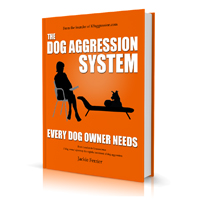Your cart is currently empty!
3 Biofeedback Tools to Help Your Dog Relax and Learn Better

When dealing with a dog that shows signs of aggression or reactivity, relaxation is crucial. A calm dog is more open to learning new behaviors and responding positively to you. One effective way to achieve this is through biofeedback tools, which teach your dog to regulate their responses and emotions.
Below, we’ll explore three simple biofeedback tools: “Look,” “Breathe,” and Petting. These techniques are easy to use and can make a significant difference in your dog’s behavior.
What Is Biofeedback?
Biofeedback is a method of teaching your dog to control their physical and emotional state. For dogs, it means using signals and feedback from their body—like eye contact, breathing, and touch—to encourage relaxation. These tools help your dog focus on you and learn to self-regulate, which is critical for managing aggression or reactivity.
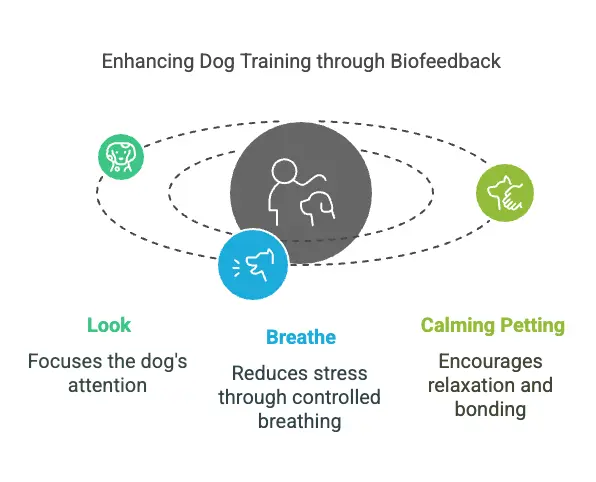
1. Teaching Your Dog to “Look”
The first tool is teaching your dog to make eye contact with you. Eye contact signals that your dog is seeking guidance from you, which is an important step toward relaxation and trust.
How to Teach “Look”:
- Hold a treat in your closed hand.
- Move your hand to your eye and say, “Look.”
- When your dog looks at your eyes, immediately reward them with the treat.
- Repeat the process until your dog connects the word “Look” with the action of making eye contact.
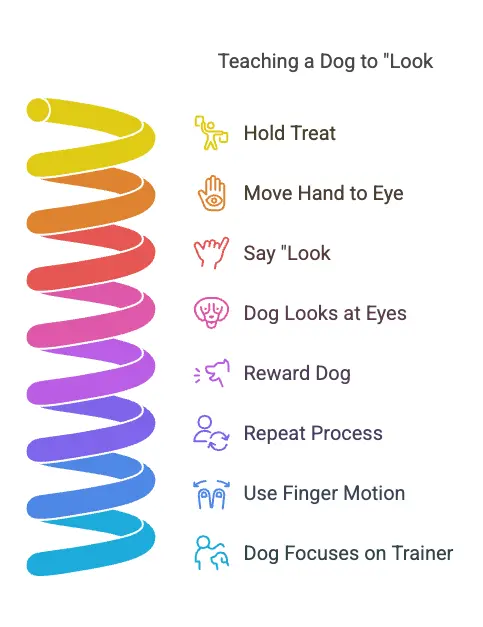
Once your dog understands, you can use a simple finger motion toward your eye instead of a treat. This teaches them to focus on you without distractions. Over time, this deferential behavior becomes a signal that your dog is ready to relax and listen.
2. Teaching Your Dog to “Breathe”
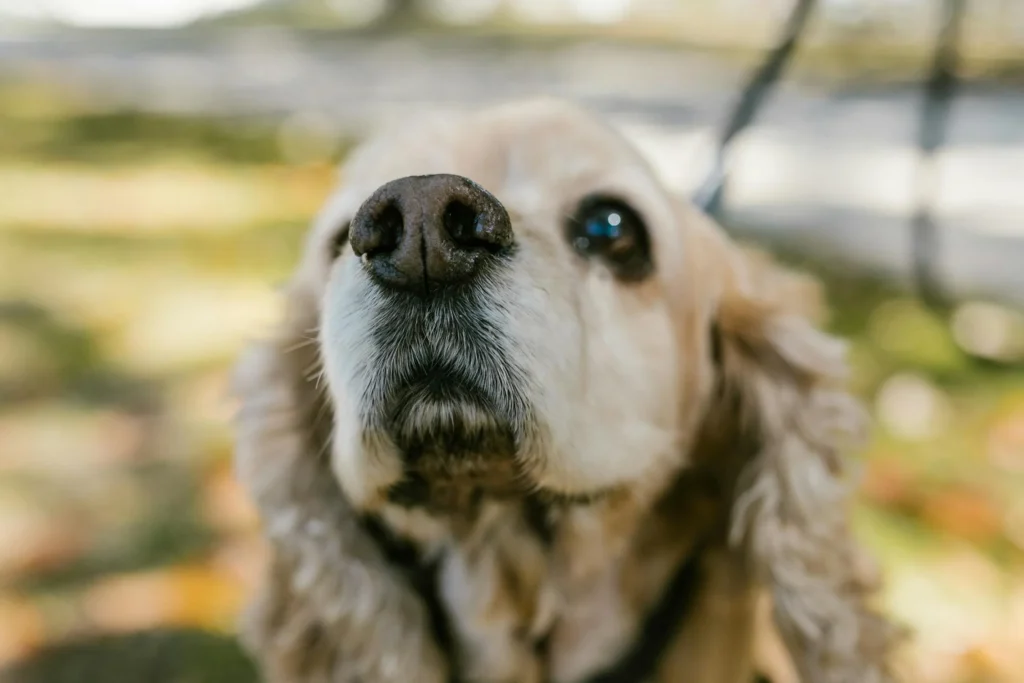
Dogs often breathe quickly when they’re anxious or reactive. Slowing their breathing can help calm their nervous system. The “Breathe” command encourages deeper, slower breaths, which can reduce stress and reactivity.
This technique is based on the premise that panting dogs can’t sniff at the same time. When you dog takes a deep breath, his or her nostril will flare so keep an eye on the nose area.
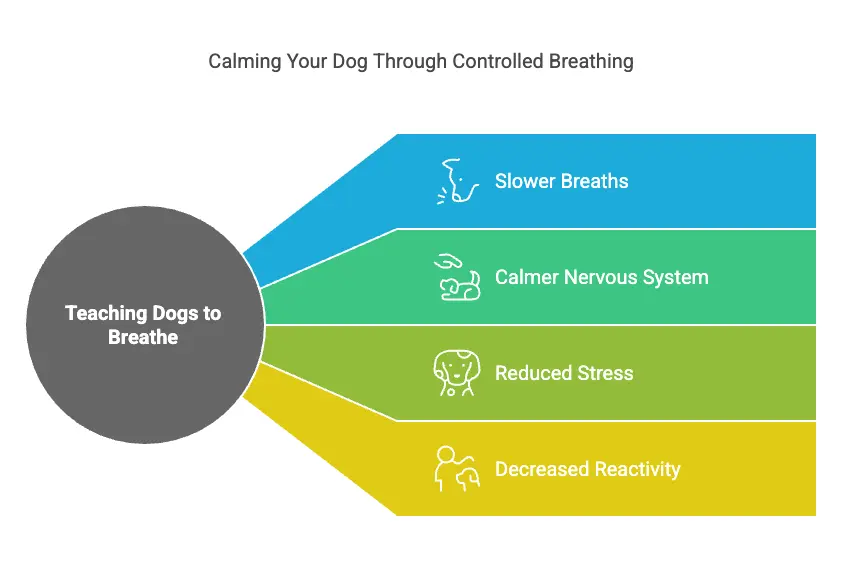
How to Teach “Breathe”:
- Ask your dog to “Look” and make eye contact.
- Hold a treat in front of their nose and say, “Breathe.”
- When your dog sniffs the treat, their nostrils will naturally flare, causing them to hold their breath briefly.
- Reward the nostril flare with a treat and say, “Good breathe.”
Over time, this practice helps your dog associate the word “Breathe” with a calmer, more focused state. Deep breaths also trigger changes in brain chemistry, reducing stress hormones and helping your dog relax.
3. Petting to Encourage Relaxation
While petting may seem straightforward, not all types of touch are calming for dogs. In fact, many dogs become more excited with light or rapid petting. Instead, the goal is to use long, slow strokes, deep pressure, and massage.
How to Use Relaxing Petting Techniques:
- Place your hand on your dog’s head, neck, or shoulders.
- Apply gentle but firm pressure and slowly stroke down their spine.
- Focus on areas like the chest, shoulders, and neck, which are key relaxation points.
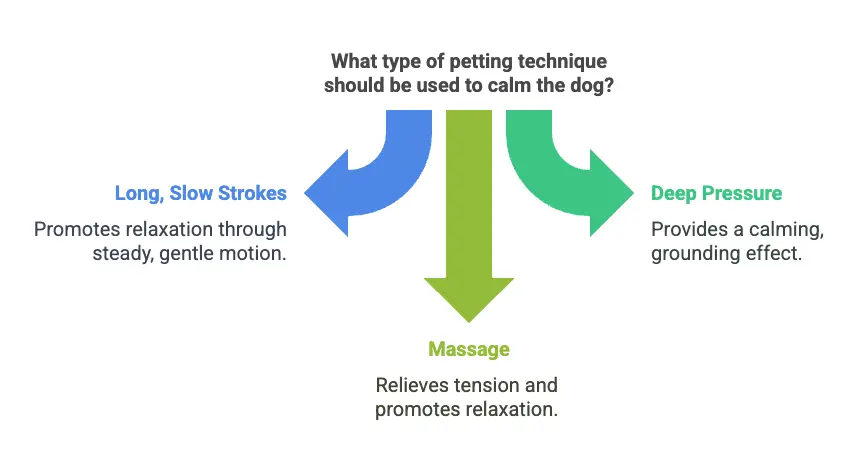
This type of petting encourages your dog to focus on you while reducing tension in their body. However, if your dog has a history of traumatic handling or painful conditions, proceed carefully.
Why These Tools Work
These biofeedback techniques—“Look,” “Breathe,” and calming petting—create a foundation for relaxation. They teach your dog to focus, reduce stress, and prepare for more complex behavior training. Most importantly, these tools strengthen your bond with your dog.
By using these methods consistently, you’ll help your dog understand your signals, trust you, and feel safe. Relaxation isn’t just about calming your dog; it’s about setting them up for success in learning and behavior modification.
Start practicing these tools with your dog today, and you’ll see how relaxation can pave the way for positive change.
ADVERTISEMENT
The Dog Aggression System Every Dog Owner Needs E-book
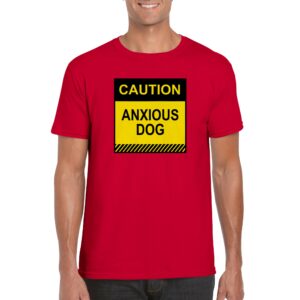
Anxious Dog Shirts only available in our shop
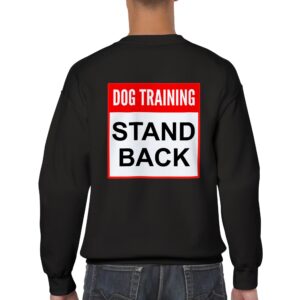
Keep people away with our Stand back shirts
ADVERTISEMENT
ADVERTISEMENT
Tags:

